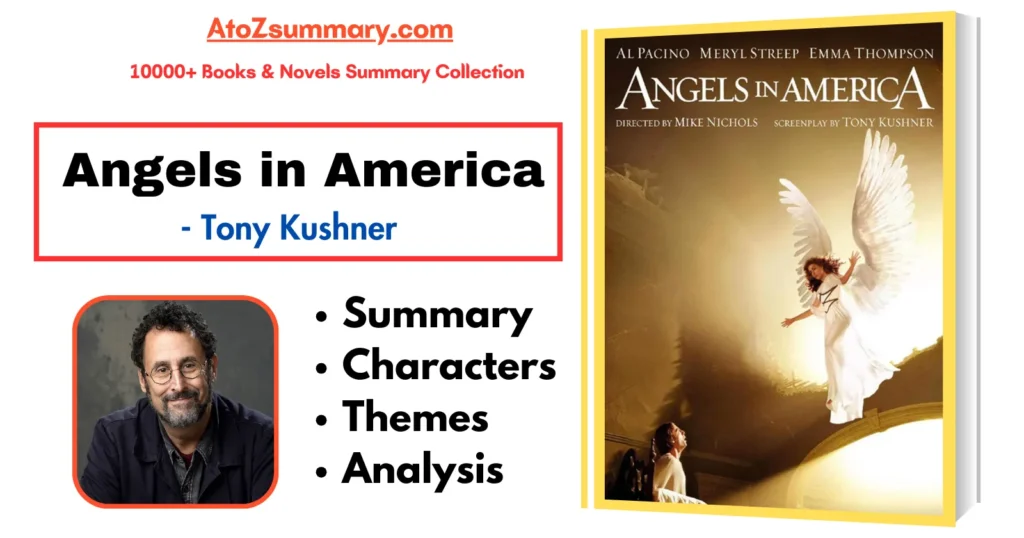
| Title | Outliers: The Story of Success |
| Author | Malcolm Gladwell |
| Publication Date | November 18, 2008 |
| Genre | Non-fiction |
| Main Idea | The book looks at the aspects that lead to success, especially those that are frequently disregarded or ignored, such cultural background, family history and chance opportunities. According to Gladwell, success is the product of a complex interaction of internal and external circumstances rather than just one person’s skill and work. |
| Key Concepts | 10,000 hour rule, cultural legacy, meaningful work, opportunity, Matthew Effect |
| Chapters | Part 1 1. The Roseto mystery 2. The Matthew Effect 3. The 10,000 Hour Rule 4. The Trouble with Geniuses & IQ Part 2 5. The Three Lessons of Joe Flom 6. Harlan, Kentucky 7. The Ethnic Theory of Plane Crashes 8. Rice Paddies and Math Tests 9. Marita’s Bargain 9. A Jamaican story |
| Reception | The book was a bestseller on the market and garnered generally favorable reviews from reviewers. Some have, however, criticized Gladwell for oversimplifying difficult themes and ignoring the part structural inequity plays in determining success. |
Summary
Malcolm Gladwell’s book “Outliers” addresses the idea that success is actually the consequence of a confluence of cultural, social, and historical factors as opposed to just one person’s hard work and aptitude. Gladwell contends that in order to comprehend how certain people become into successful outliers, we need to go beyond the person.
Part One: Opportunity
Gladwell explores how opportunity affects achievement in Part One of “Outliers”. He makes the argument that prosperous individuals frequently have special chances that offer them a competitive edge. The “10,000-Hour Rule,” which holds that one needs practice for at least 10,000 hours before becoming an expert at anything, is something he introduces.
The “Matthew Effect,” which holds that those with more will receive more while those with less would receive less, is another concept covered by Gladwell. He offers the Canadian hockey system as an illustration, where a disproportionately high proportion of NHL players are born in the first few months of the year. The reason for this is because because January 1st is the deadline for hockey clubs, those born in January, February, and March enjoy a minor age advantage over people born later in the year.
The achievements of the Beatles and Bill Gates are also covered by Gladwell. He contends that both benefitted from exceptional chances that made them both successful outliers. Gates had early access to computers, but the Beatles had the chance to play in Hamburg, Germany, where they could practice and fine-tune their song.
Part Two: Legacy
The significance of legacy to achievement is covered by Gladwell in “Outliers” Part 2. He concedes that variables like culture and history, as well as one’s own inherent skill, have a role in success. Gladwell proposes the concept of “cultural legacies,” or the standards, norms and values that are transmitted from one generation to the next.
He examines the academic achievement of Asian kids in math and science and makes the case that this is due to the value placed in these subjects by their culture on tenacity and commitment. The concept of “power gap,” which relates to how much a culture’s people accept injustice and power imbalances, is another one that Gladwell discusses. He recalls the crash of Korean Air Flight 801, which was caused by a social stigma against challenging authority.
Gladwell also examines the prosperity of the Jewish community in New York City and suggests that it is a result of their cultural heritage of valuing education and hard work. He believes that this cultural heritage has been passed down down the years, enabling Jewish immigrants to prosper in America despite confronting prejudice and persecution.
Conclusion
Gladwell believes that success depends on a variety of cultural, social, and historical elements in addition to personal ability and diligence. He exhorts readers to consider factors other than an individual in order to comprehend how certain people get to be successful outliers.
Themes
- The 10,000-Hour Rule: According to Gladwell, mastery in a certain profession can only be attained after 10,000 hours of focused effort. He gives countless instances of accomplished people who have put in the required practice time, including The Beatles and Bill Gates.
- Cultural Legacies: According to Gladwell, cultural legacies may affect how individuals think and act, which eventually helps them succeed. One example is the legacy of rice growing in Asian societies.
- The Value of Timing: According to Gladwell, success frequently depends on being in the right location at the right moment. He illustrates this idea with instances like the dates of professional hockey players’ births and the time of the technology boom.
- The Power of Community: Gladwell highlights the importance of community and relationships. He thinks that people who have strong networks and relationships have a better chance of succeeding than those who don’t.
- Intelligence and IQ: Gladwell questions the conventional wisdom that intelligence (IQ) is the primary predictor of success. He contends that other elements, such opportunity and socioeconomic background, might affect achievement more.
- The Matthew Effect: The “Matthew Effect,” according to Gladwell, is the idea that successful individuals typically get more opportunities, recognition and resources, all of which help to enhance their success.
- The Role of Luck: Gladwell underlines how important luck is to achievement. He thinks that success frequently comes from a blend of skill, hard work and luck, and that luck has a bigger impact than most people believe.
About the Author-Malcolm Gladwell
| Name | Malcolm Gladwell |
| Occupation | Writer, journalist, speaker |
| Birthdate | September 3, 1963 |
| Birthplace | Fareham, Hampshire, England |
| Nationality | Canadian, British |
| Education | Bachelor of Arts degree in History from the University of Toronto |
| Notable Works | The Tipping Point, Blink, Outliers, David and Goliath |
| Career Highlights | Writer for The New Yorker, author of multiple New York Times bestsellers, speaker at TED conferences |
| Awards | Time Magazine’s 100 Most Influential People list (2005, 2009), Order of Canada (2011), American Sociological Association’s Award for Excellence in the Reporting of Social Issues (2007) |
| Website | www.gladwellbooks.com |
FAQs
What is “Outliers” by Malcolm Gladwell about?
The non-fiction book “Outliers” by Malcolm Gladwell analyzes the elements that lead to great achievement. Gladwell contends that while hard effort and individual skill are crucial, cultural, societal and historical forces outside of a person’s control also have an impact on success.
What are some of the key ideas in “Outliers”?
The “10,000 Hour Rule,” which contends that proficiency in a given talent or profession requires around 10,000 hours of focused effort, is one of the main ideas in the book “Outliers.” Gladwell also looks at how cultural legacies, like the significance of rice farming in Asian civilizations and random occurrences, like a person’s birth month, may affect success.
Who is the target audience for “Outliers”?
Anybody with a broad interest in psychology, society and personal development should read Outliers. Everyone who is interested in the factors that contribute to outstanding performance should read it.
What are some examples of success stories that Gladwell examines in “Outliers”?
The Beatles’ rise to popularity, Bill Gates’ success in the computer sector and Asian kids’ high achievement in math and science are few of the success stories Gladwell looks at in Outliers. He also talks about successful pilots and attorneys and their experiences.










